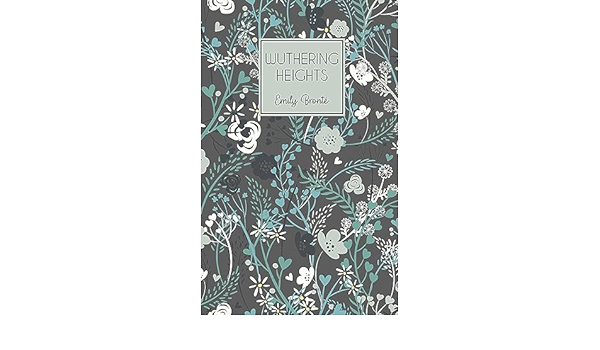Published in 1847, Emily Brontë’s “Wuthering Heights” stands as a timeless classic in English literature, characterized by its dark, brooding atmosphere and intricate exploration of love, revenge, and the human psyche.
The novel unfolds against the stark and desolate moors of Yorkshire, where two neighboring households, Wuthering Heights and Thrushcross Grange, become entangled in a tale of passion and tragedy. The title itself, “Wuthering Heights,” reflects the tempestuous nature of the setting and serves as a metaphor for the tumultuous emotions that govern the characters’ lives.
At the heart of the narrative is the tortured love story between Heathcliff and Catherine Earnshaw. Their love defies societal norms and expectations, transcending the boundaries of life and death. Brontë’s exploration of this unconventional and destructive love challenges the traditional notions of romance prevalent in 19th-century literature.
The characters in “Wuthering Heights” are complex and morally ambiguous, contributing to the novel’s gothic and psychological depth. Heathcliff, a brooding and vengeful figure, becomes a symbol of unrestrained passion and the consequences of societal cruelty. The novel delves into the cyclical nature of revenge, as Heathcliff’s actions perpetuate a cycle of suffering that spans generations.
The narrative structure of “Wuthering Heights” is noteworthy, as it unfolds through the eyes of Mr. Lockwood, a tenant at Thrushcross Grange, who recounts the mysterious events he witnesses during his stay. Nellie Dean, the housekeeper, serves as the primary narrator, providing a firsthand account of the tragic events that transpire at Wuthering Heights.
Brontë’s prose is rich in atmospheric detail, creating a haunting and immersive reading experience. The novel’s exploration of the moors as a metaphorical landscape mirrors the turbulent emotional terrain of its characters. The setting becomes a character in itself, shaping the psychological and emotional landscape of the narrative.
The novel also confronts themes of social class and the restrictive norms of Victorian society. The characters’ lives are profoundly affected by societal expectations, leading to a narrative that is both a Gothic romance and a critique of the social constraints of the time.
In conclusion, “Wuthering Heights” remains a literary masterpiece that continues to captivate readers with its Gothic allure and exploration of the human condition. Brontë’s portrayal of love, revenge, and societal constraints elevates the novel to a work of enduring significance, inviting readers to traverse the stormy moors and explore the tumultuous depths of the human soul.
